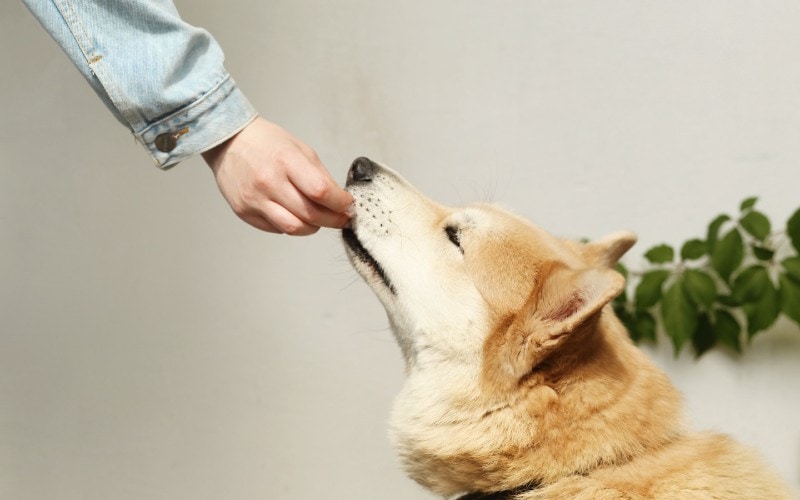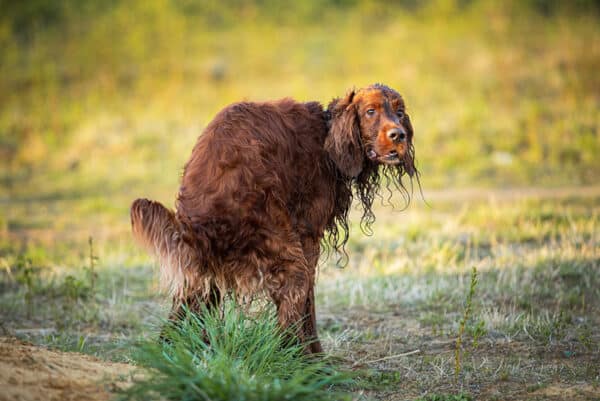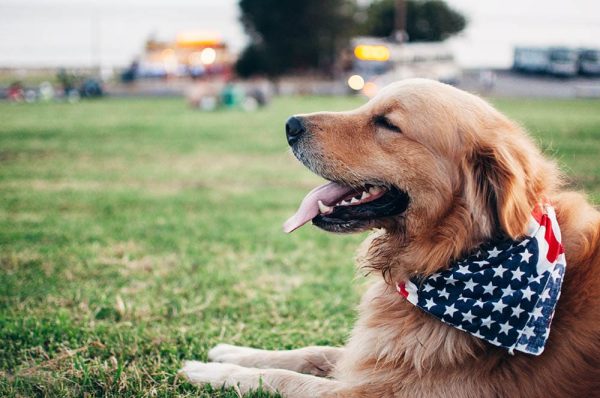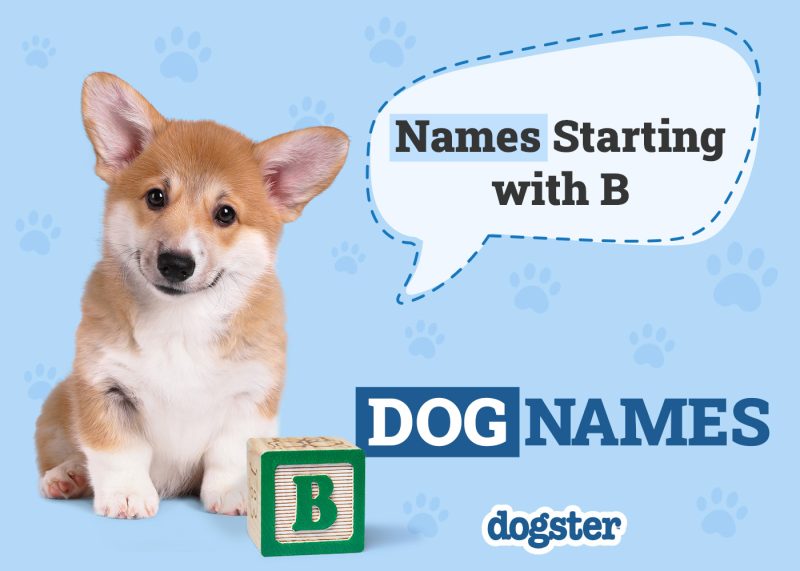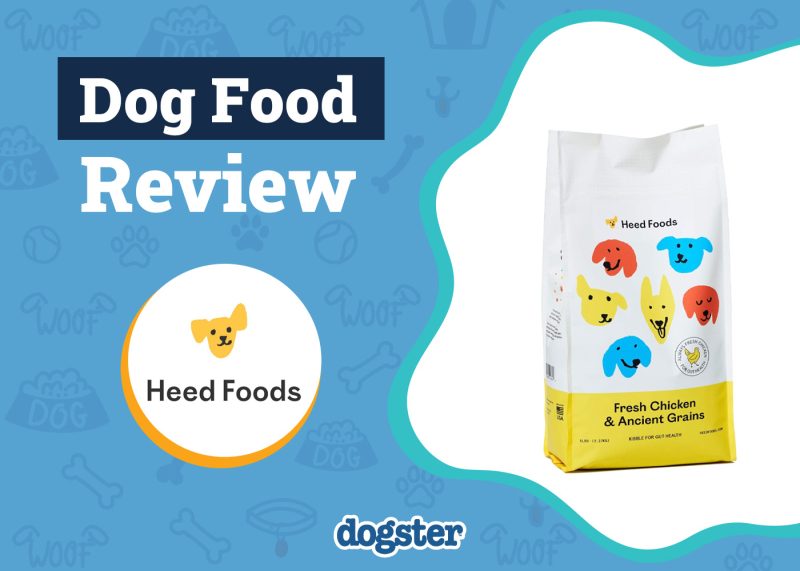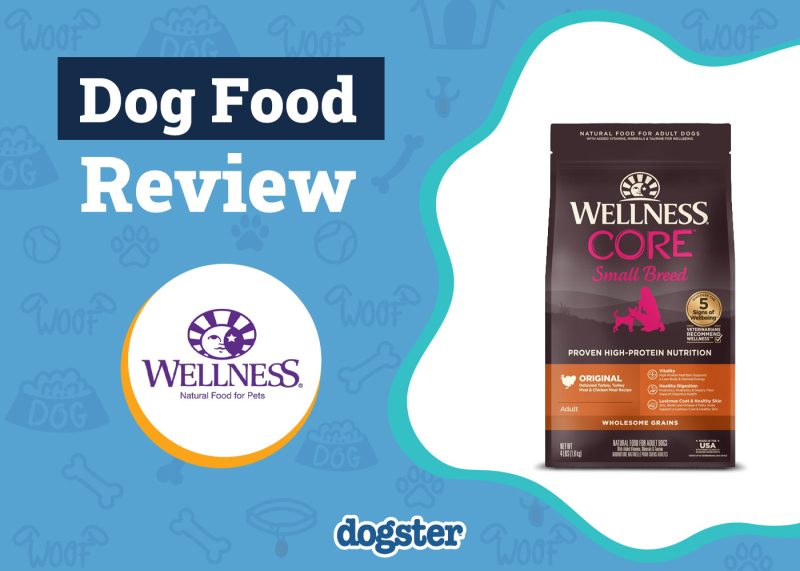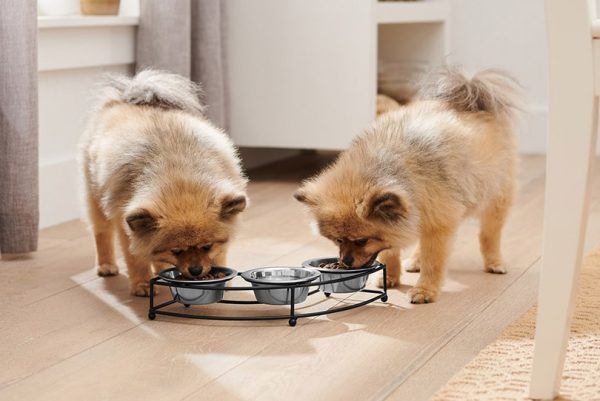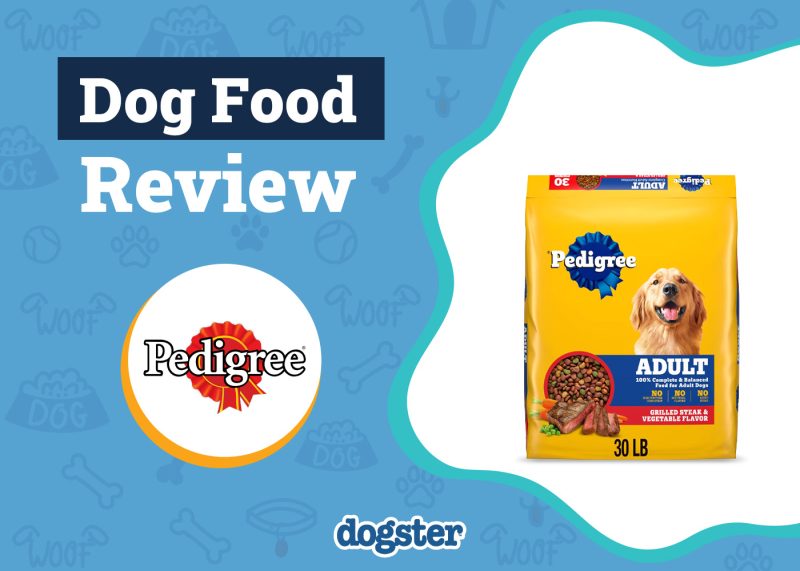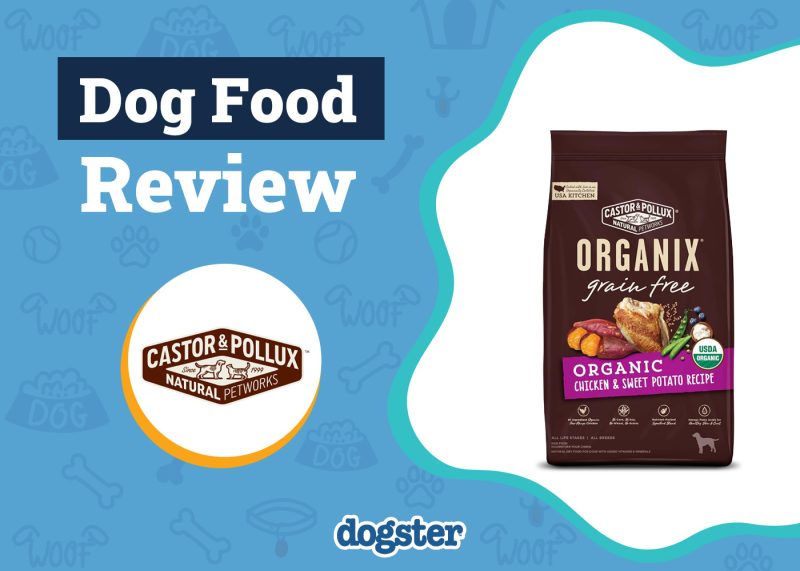Hand-feeding your dog isn’t something that you may have ever thought of, especially if your pup doesn’t have any issues that make it difficult for them to eat directly out of the bowl. So, you may be surprised to learn that hand-feeding your pet can provide multiple advantages that are worth considering.
In this article, we explore all the reasons that hand-feeding a dog can be beneficial.

The 3 Main Benefits of Hand-Feeding Your Dog
1. Helps With Trauma and Relaxes Them
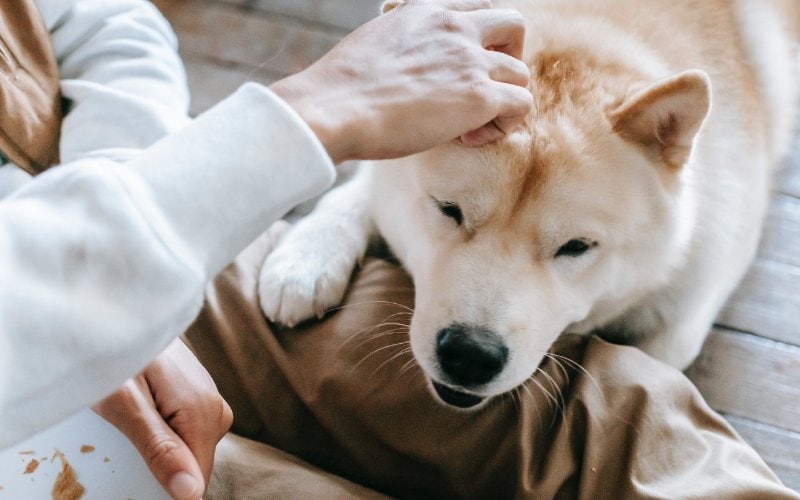
Some dogs may have experienced trauma that occurred near the food bowl, and they now associate eating from the bowl with the negative experience. Or they can have separation anxiety when the owner leaves for the day.
Feeding your dog by hand builds trust and helps make them feel more at ease and less anxious than they would be if you were to continue using a traditional bowl feeder. This also enables you to bond with your pet every day, something that can be especially beneficial to rescue dogs or young pups.
2. Assists and Detects Dogs With Dental Issues

Hand-feeding can give you insight into whether your dog might be having dental problems—for instance, whether they need to eat smaller bites or if they’re having trouble chewing.
It might also help dogs with sensitive jaws that are in the process of healing after surgery or dental work.
3. Provides Benefits for Young Pups

Hand-feeding is an effective way to feed puppies that aren’t yet old enough for regular dog food. It also enables you to monitor exactly how much they’re eating. Sometimes, young pups can eat really fast until they’re about to pop, and hand-feeding them small portions can help monitor their daily feeding habit up close and slow them down a bit (something that can also help reduce gas).

How to Hand-Feed Your Dog

There are several different ways to hand-feed your dog, depending on what works best for you and them.
- Traditional hand-feeding: Simply put, this is when you put your dog’s regular food into your hand before letting them eat. It’s important to ensure that your dog’s regular food isn’t difficult for them to eat.
- Spoon-feeding: This is another common way to hand-feed your dog. Spoon-feeding is helpful if your dog has dental issues and needs soft food.
- Finger-feeding: Finger-feeding is the most intimate way of hand-feeding your dog. This means you just feed your dog with your fingers, sort of the same way that you’d eat popcorn. It’s best to do this once your dog is comfortable with traditional- or spoon-feeding.

How to Create the Right Feeding Schedule for Your Dog
When it comes to feeding your pup, timing can be everything, especially if you’re someone with a busy schedule. Feeding your dog at the right time can help avoid unnecessary weight gain and ensure that they won’t go too long without a good meal.
Keep in mind that not all dogs will respond to feeding schedules the same way, so trial and error is definitely key here. Consulting a veterinarian is also a great idea to make this process easier.
If you need to speak with a vet but can't get to one, head over to PangoVet. It's an online service where you can talk to a vet online and get the personalized advice you need for your pet — all at an affordable price!

Let’s look at a few ways to create a schedule that works for you and your pup.
Change Meal Frequency According to Age/Activity Level
Most dogs need two to three meals a day. However, if your dog is very young or very active, they might need to be fed more often. You might also want to consider free feeding, where food is available at all times.
Early Morning Feeding (6 a.m. to 8 a.m.)
Feeding your dog early in the day may be ideal if you head out to work around this time. Be sure to measure out your dog’s food and have a nice bowl of water next to the food bowl. If you won’t be home for another 8 to 12 hours, you should leave a bit of extra food out for the dog to eat before you get back.
Note that some dogs simply aren’t hungry in the morning and may not eat their first meal until mid-morning or later in the afternoon. In this case, it’s best to set the food out right before you head out if you don’t have anyone else at home to feed them.
Midday Feeding (10 a.m. to 2 p.m.)
With most midday feedings, you can be sure that your dog will likely burn off this meal within the next few hours. Feed your dog at 10 a.m. and again at 2 p.m. if they’ve had an active afternoon, is a growing puppy, or is a large breed.
Afternoon/Evening Feeding (4 p.m. to 7 p.m.)
This is the time when most dogs and families are finally together for the day. Your dog might get a normal meal early, and then a snack just before bed. Or you might feed them two smaller meals if you’ve been away from the house since early morning.
- Determine proper dog food portions and ideal daily intake with our helpful calorie guide here.


Wrap-Up
Hand-feeding your dog is a great way to bond with them and show them you care. It’s also a great way to help them transition to a new diet, monitor their eating habits, and be more in touch with their needs. Hand-feeding is simple and straightforward, but the benefits are well worth the effort.
It’s also best to develop a solid feeding schedule for your dog during the weekdays and on the weekends. This will get your dog into a daily routine and help you gauge how much food you need to buy each week.
Featured Image Credit: Maksim Goncharenok, Pexels
